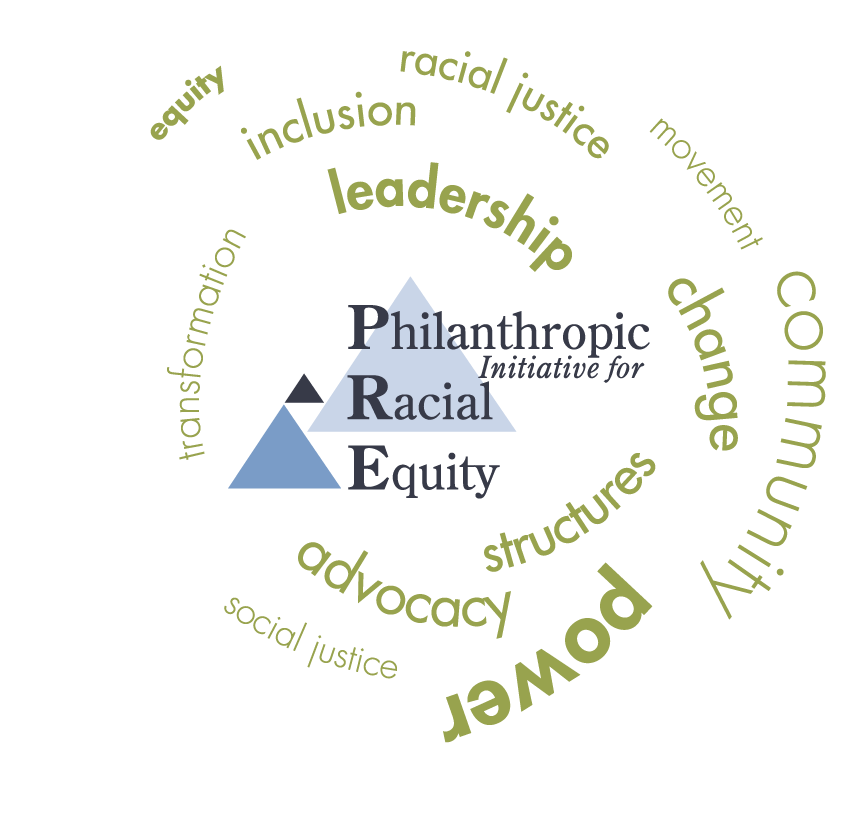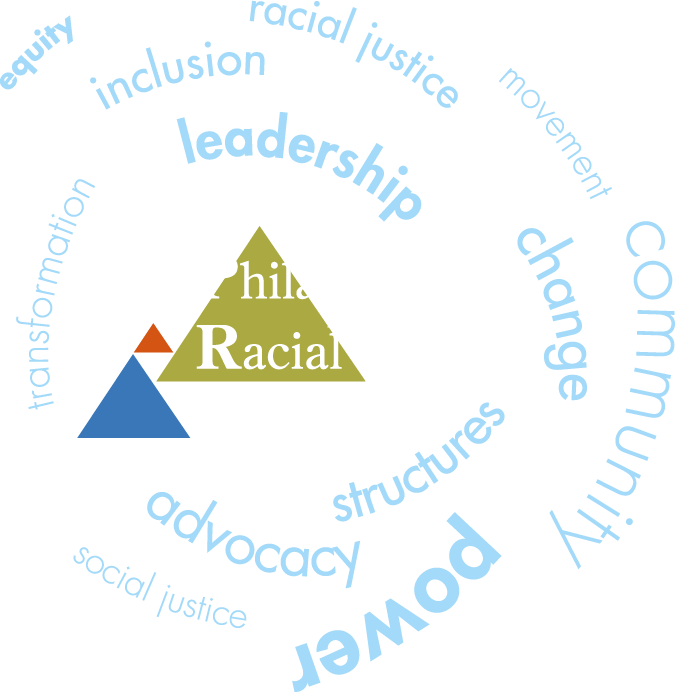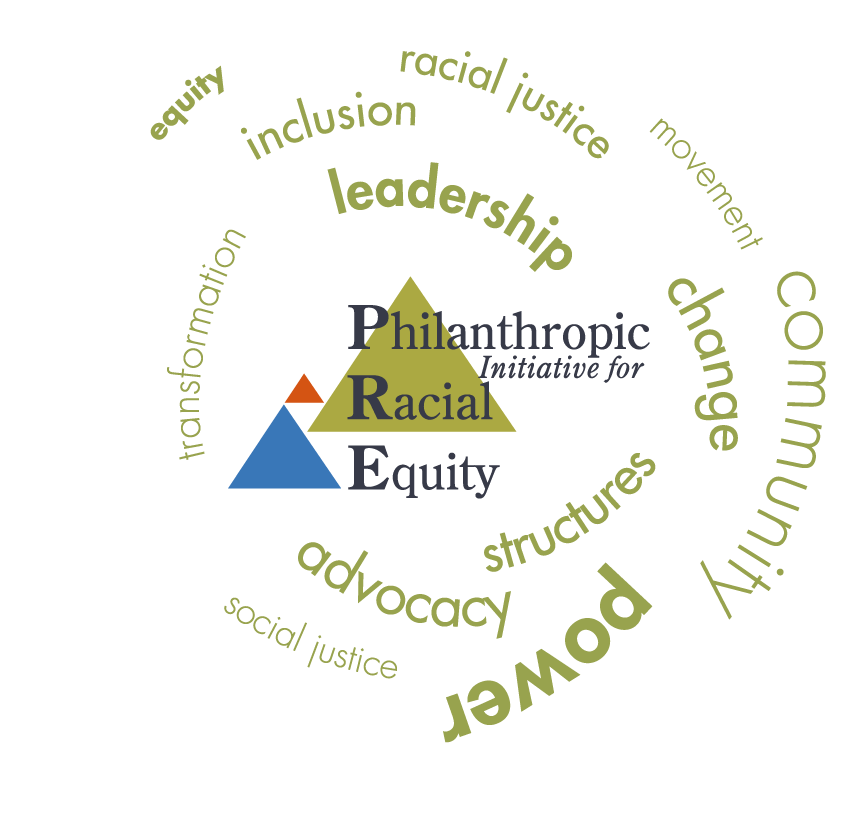Racial Justice Programs Under Fire: Foundations Are Running Scared When They Should Double Down
By Lori Villarosa , Ben Francisco Maulbeck, and Gihan Perera
Feb. 6, 2024
Originally published in The Chronicle of Philanthropy
Perceived legal threats following the Supreme Court affirmative action ruling are causing grant makers to backslide, fueling notions that racial justice work is discriminatory or illegal.
An alarming number of foundations are falling into a dangerous right-wing trap and ensnaring racial justice movements and nonprofits in the process.
Emboldened by the Supreme Court’s ruling last summer against affirmative action in college admissions, conservative extremists have embarked on a campaign that characterizes anything directly supporting Black or brown people as anti-white and potentially illegal. Some leading grant makers are responding by running scared.
Through workshops and direct conversations with more than 100 organizers and foundation staff, our organization, the Philanthropic Initiative for Racial Equity, has seen a regression in recent months from core racial justice values at the very moment deeper investments are needed to battle the radical right and its efforts to undermine progress. This backsliding must be halted before it does long-term damage.
Until recently, foundations were making great strides in their understanding of structural racism and grant making focused on achieving racial justice. However, evidence is mounting that under the guise of so-called risk management, philanthropy is rationalizing retreat. Many racial justice leaders and program officers report being pressured to censor their language, obfuscate or narrow their strategies, and drop their principled stances on multiple issues.
An organizer at a prominent nonprofit focused on Black community engagement told us that one grant maker reached out to discuss the possibility that the foundation would need to avoid projecting its targeted support of Black people. The funding would continue, but the specific attention to that population would be quieted in foundation communications.
While the grant maker showed respect by consulting the grantee first, the incident demonstrates just how fearful foundations have become of proudly proclaiming support for specific groups of color, especially Black communities. On the heels of this story, we learned that another grant maker to the organization had eliminated its racial justice program entirely.
The following similarly troubling examples reveal the pervasiveness of this philanthropic backsliding. Identifying details have been taken out at the request of those involved.
Altering language. Organizations and program officers have been asked to scrub from websites and documents key language related to racial justice, an explicit focus on Black and brown people, diversity, equity, and inclusion efforts, and calls for a cease-fire in Gaza. Some donors have cut or asked grantees to remove language about “Black-led” work or building power in communities of color from their proposals.
Over-scrutinizing advocacy. Groups report foundations labeling any form of advocacy as political activity, even when it’s well within 501(c)(3) parameters. Some have adopted enhanced reviews of lobbying limits, in many cases invoking concerns that benign or factual words, such as “voting rights,” “campaigns,” or “advocacy,” can be considered partisan.
Imposing new legal review. Foundations have asked grantees focused on a particular racial or ethnic group to seek their own legal counsel to assess potential risk in the wake of the affirmative action ruling. Such reviews take significant time and money, adding unnecessary legal and financial burdens.
Adopting race neutrality. Some foundations are shifting their support to “race-neutral” or “colorblind” constituencies and solutions, most often by using income or geography as proxies for race. In some cases, grant makers have ceased collecting any racial demographics data from grantees. Intentionally or unintentionally, these steps augment conservative narratives that focusing on people of color robs white people of resources and reinforce the long-discredited notion that colorblind policy will lead to racial justice.
Whiplash on DEI. Some foundations are reconsidering or pausing their internal diversity, equity, and inclusion work solely because of perceived legal threats. Many DEI programs don’t address structural racism, but they are a common first step in institutions grappling with race-based power dynamics. Such actions legitimize conservative strategies to demonize anti-racist language.
Weaponizing antisemitism. The war in Gaza has created a particular inflection point that affects many racial justice organizations. Some donors have adopted the right-wing playbook of categorizing contested language or calls for peace or self-determination for Palestinians as hate speech, and using that new standard to police grantees. Ironically, such steps may be undercutting efforts to address the alarming rise in actual antisemitism.
These actions all have enormous consequences and represent an extreme overreaction by philanthropy to a Supreme Court decision that had nothing to do with them. Addressing racial discrimination remains legal. Collecting racial data remains legal. Funding nonprofits that work with people of color remains legal. And building power for communities of color through protest and civic action remains legal and is more important than ever.
Preparation is good. Concession is not.
Yet grant makers purporting to invest in racial equity and racial justice are tying grantees’ hands and fueling myths that such work is divisive, discriminatory, or illegal. Preparation is good. Concession is not.
By preoccupying itself with fears about liability, philanthropy misses a far larger and more immediate danger: These concessions accelerate right-wing narratives, thwart effective community action, and jeopardize meaningful progress toward racial justice.
Language Backlash
The focus on language is especially troubling. Before the recent backlash, a critical mass of grant makers was deepening their understanding of racial justice movement definitions of both equity and justice. Now much of that work seems to have come to a halt even though such language is integral to the movement’s success.
The key features of racial equity funding include analyzing racial disparities, examining root causes of problems, and explicitly naming race in both problems and solutions. Racial justice funding includes all of this but goes further by acknowledging history, and explicitly focusing on building power in communities of color and lasting change in how systems operate.
“Equity” and “justice” are not intended as a rigid dichotomy, and many nonprofits and foundations work in both areas. But these distinctions are useful and important, especially since less than one-fifth of funding to communities of color has a racial justice focus.
Grant makers must also take care not to legitimize conservative attempts to redefine the goal of the civil-rights movement as the creation of a colorblind society. The purpose of the movement wasn’t to avoid classifying people by race — it was to prevent the subordination of Black and other people of color to white control. Racial justice requires people of color to name themselves and have a say in the policies that shape their lives. Burying those values is key to the far right’s strategy for gutting civil rights law.
Philanthropy had made significant progress in recent years in specifically naming which racial groups have been harmed and understanding why targeting solutions to specific groups is sometimes necessary. Demanding that grantees muddy their language diminishes movement voices and the ability to pursue effective responses.
Premature Surrender
Grant makers need to draw a clear line between inoculating themselves against attack and giving up at the first serious challenge.
Giving up enabled conservative activist Christopher Rufo — known for his campaign to demonize critical race theory — to publicly gloat about forcing the center-left to carry his narratives. Rufo’s efforts most recently led to the resignation of Claudine Gay as president of Harvard University.
Attempts to mitigate risk have allowed Edward Blum, the chief architect of anti-affirmative action strategies, to expand his terrain, including suing law firms over their DEI programs. In response, law firms began removing race and gender requirements for participation in such programs. Acknowledging his success, Blum told Bloomberg News that “there’s nothing left for us to do in that space.”
Grant makers who claim to advance racial equity while using hyper-cautious race-neutral language and censoring grantees’ protest signs are giving up before they’ve even lost.
Instead, they need to deepen their defense of equity and justice, following the lead of foundations that have remained committed to explicitly supporting specific racial groups. The most important question to ask isn’t “How can we protect ourselves?” but “What are our values?” Supporting people of color as they pursue freedom and self-determination should top the list.


